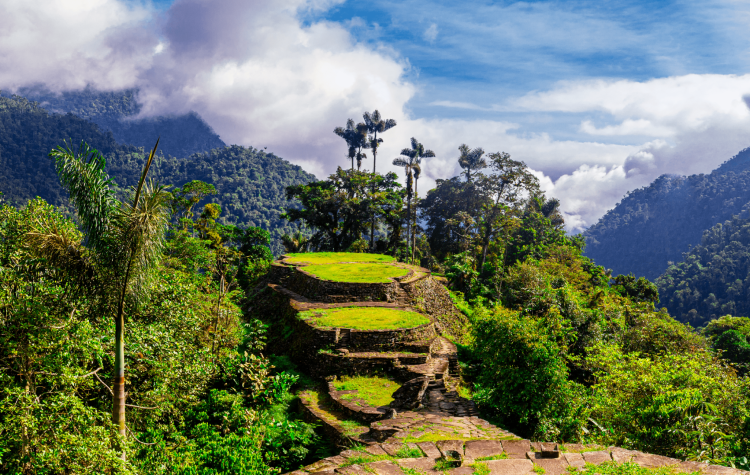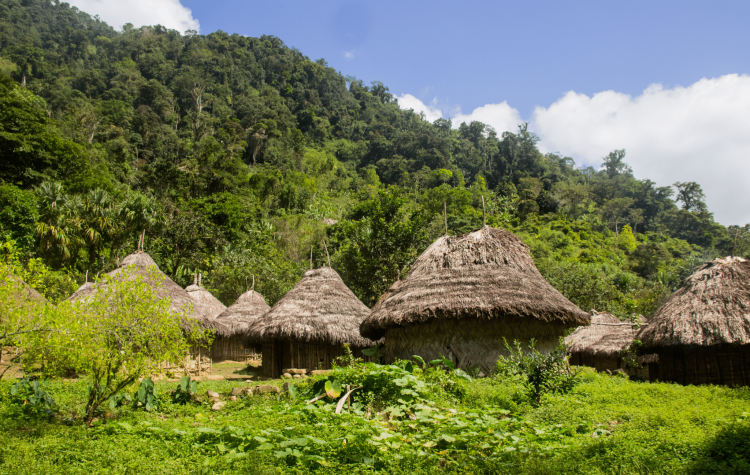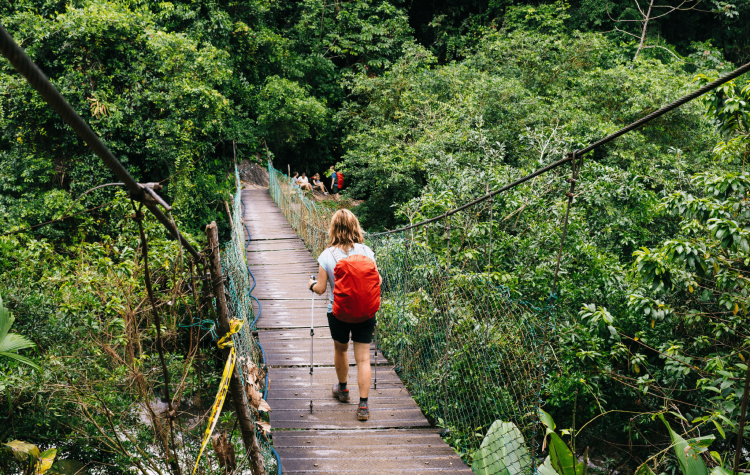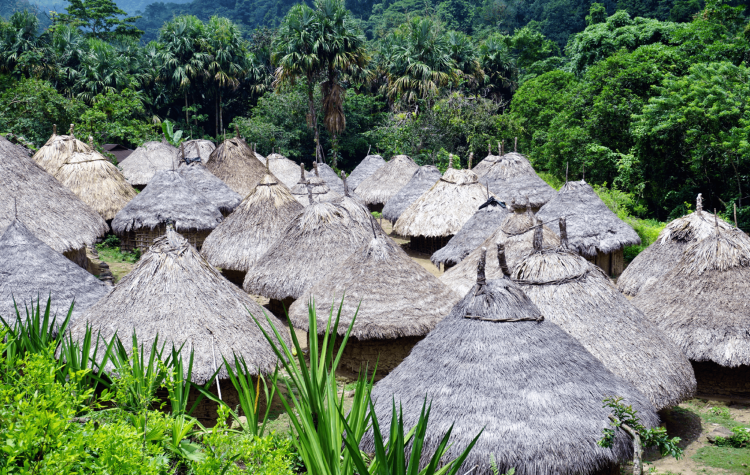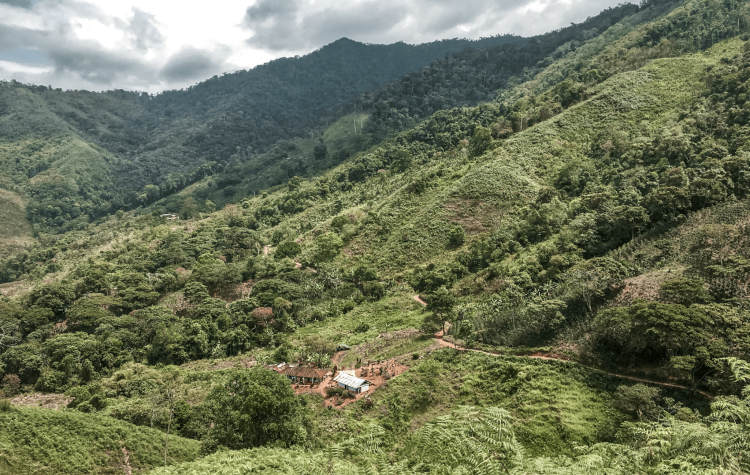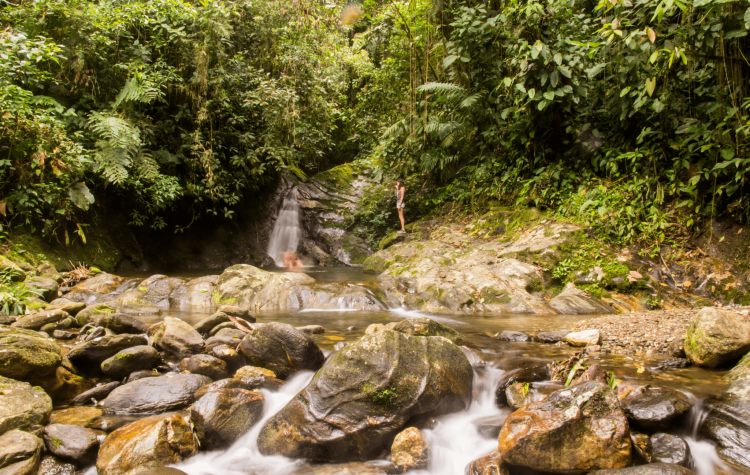In the “new normal” of travel, travel agent certifications carry more weight than ever before. We are seeing weekly shifts in COVID-19 sanitary protocols, along with local vaccination rate developments. So, you want to make sure your travel agency not only keeps you informed but anticipates these changes, so you can book your private tour with as much confidence as possible.
Safe Travel certifications concerning COVID-19 are the newest addition in travel accreditations and only the tip of Kuoda’s credential iceberg. This article covers what type of certifications Kuoda Travel maintains as a top travel agency for curated journeys in South America and how these certifications provide crucial support before, during, and even after your trip!
What are certifications for?
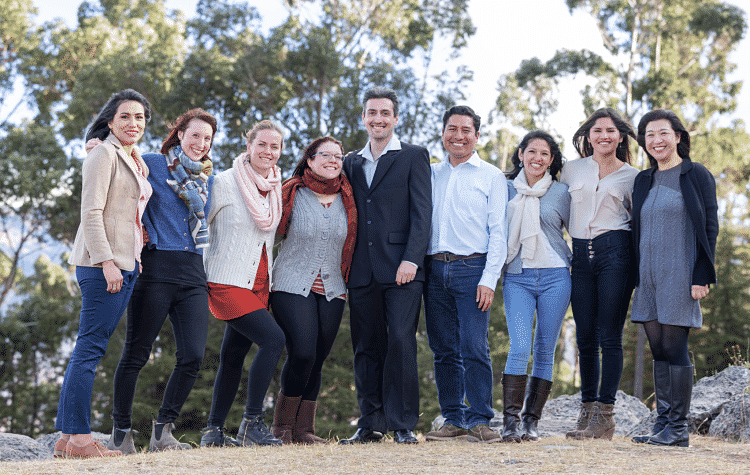
When we say “travel agent certifications,” we refer to an umbrella term that includes certificates and/or “stamps” for having accomplished or earned something, like carbon neutrality or becoming an accredited institution. And this also includes the relationships an agency maintains with distinct travel associations who back what they do, such as the American Society of Travel Advisors (ASTA).
Travel agencies who maintain their memberships with associations like the ASTA (see below) are generally far more trustworthy than those who don’t. Essentially, the more a travel agency cares about connecting with associations and earning certifications, the more they demonstrate a passion for growing, learning, and continuing to provide the best possible service imaginable.
This is precisely why at Kuoda Travel, we pride ourselves on staying up-to-date with our accreditations. Furthermore, we continuously analyze where we can become even more sustainable and equally promote luxury and custom-designed travel experiences that are simultaneously eco-conscious and responsible in every sense of the word.
Which certifications & accreditations do we have?
We’ve had some of the following certifications almost since the inception of Kuoda Travel and have added others more recently to adapt to the shifting needs and pressing issues within the travel industry. Needless to say, all of these accreditations have only further bolstered our ability to build meaningful experiences in our beloved Peru and other South American countries.
Safe Travels Stamp – World Travel and Tourism Council (WTTC)

It goes without saying that human beings will not let something like a pesky pandemic hinder our intrinsic call to travel. We are in the process of adapting and will adapt, so we can continue to safely connect across the globe. This is why the World Travel and Tourism Council (WTTC) has risen to the challenging occasion and created something called a Safe Travels Stamp.
Destinations and travel businesses (agencies, hotels, restaurants, airports, shopping centers, etc.) can register and incorporate this Safe Travels Stamp into their individual protocols. Once they do, they are protected by a living document updated regularly according to CDC and WHO COVID-19 sanitary guidelines.
Carbon Neutral Seal – Green Initiative
 The Green Initiative is an organization and sustainability specialist recognized and recommended by United Nations-Climate, that awards one of the most internationally renowned carbon-neutral seals. In October 2020, Kuoda Travel was awarded this seal for reducing our carbon footprint to zero.
The Green Initiative is an organization and sustainability specialist recognized and recommended by United Nations-Climate, that awards one of the most internationally renowned carbon-neutral seals. In October 2020, Kuoda Travel was awarded this seal for reducing our carbon footprint to zero.
We achieved this essential milestone through both in-house efficiency efforts and partnering with external emission reduction initiatives. Ultimately, considering our home base in Cusco, Peru, we place an incredible amount of value in our conservation efforts and sustainable travel practices.
IGLTA Member
 We are a proud member of the International Gay and Lesbian Travel Association (IGLTA). IGLTA has been an empowering organization working to advance the safety and equality of LGBTQ+ travelers and businesses worldwide since 1983.
We are a proud member of the International Gay and Lesbian Travel Association (IGLTA). IGLTA has been an empowering organization working to advance the safety and equality of LGBTQ+ travelers and businesses worldwide since 1983.
We want to make sure our clients feel safe and seen, no matter their sexual orientation or gender identity. So, becoming a member of IGLTA has allowed us to stay on top of LGTBQ+ friendly destinations, service providers, and accommodation throughout South America.
TripAdvisor Travelers’ Choice and Certificate of Excellence

When it comes to a travel agency’s rating and clout, few organizations know better than TripAdvisor. This is why we feel honored once again to have been awarded TripAdvisor’s Certificate of Excellence five years in a row starting in 2015, and also the TripAdvisor’s Traveler’s Choice award in 2020.
The TripAdvisor Traveler’s Choice award only recognizes the very best in the travel industry, sifting through millions of reviews and opinions. These reviews touch upon a business’s customer satisfaction, quality, terms of service, and many more categories to determine who can claim to be a top travel agency.
American Society of Travel Advisors Member

To travel with integrity, you should seek out a travel agency like Kuoda Travel that allies with travel organizations epitomizing integrity and professionalism. The American Society of Travel Advisors (ASTA) is one such organization. ASTA advocates for travel experts and the traveling public alike. As a result, their logo is recognized around the world as an endorsement for reliable travel companies.
Latin American Travel Association Member

The Latin American Travel Association is all about bringing sustainable and regenerative tourism to Latin America. As one of the most critical membership associations for travel to Latin America, LATA holds the following three objectives at the heart of its mission:
“1) Promote and grow travel to Latin America, 2) Be the authoritative voice in the UK for Latin America Travel and Tourism, 3) Encourage best practice and increase standards across all aspects of travel in Latin America.”
APTAE (Asociación Peruana de Aventura, Ecoturismo y Turismo Especializado) Member

When it comes to minimizing impact for travel and tourism to Peru, the Asociación Peruana de Aventura, Ecoturismo, y Turismo Especializado (APTAE for short) reigns supreme. This Peruvian organization has been striving to improve adventure and specialty tourism in Peru since 1981. In recent years APTAE has also become a leader in promoting eco-friendly travel in the country.
Adventure Travel Trade Association Member

The Adventure Travel Trade Association (ATTA) remains the most extensive global network for adventure travel specialists. Unlike some of the other associations above, the ATTA is a private, for-profit trade group that relies on its members to advance sustainable adventure tourism practices.
PromPeru Member

PromPeru is a unique collision of the Peruvian Ministry of Tourism and Trade and Ministry of Culture and stands for “Promocionar Perú” (Promote Peru). As the leading tourism commission in Peru, they create campaigns (such as Marca Perú) and hold members events to promote Peru’s unique ecology, destinations, cultural biodiversity, and gastronomy.
World Travel Awards Nominee

The World Travel Awards is as much of a household name in the travel industry as the Oscars are in Hollywood. Since their birth in 1993, they have curated a cross-section of awards categories for the travel and hospitality industries. We have now been nominated for four years in a row as the Best Peruvian Agency, and we honestly couldn’t be happier about this.
What guarantee do you have with these certifications?
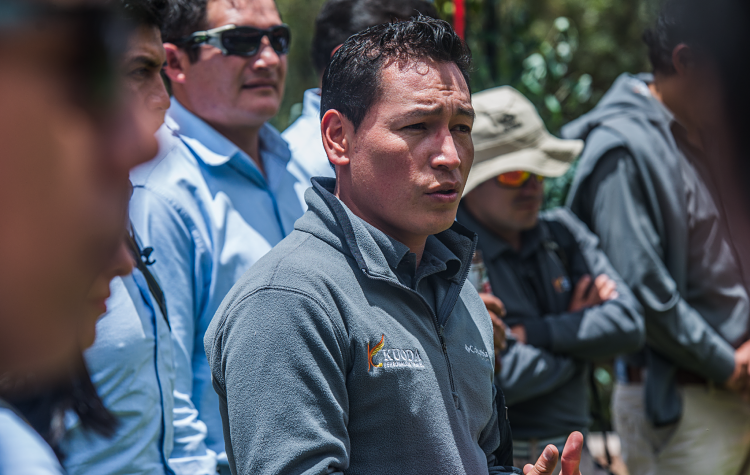
To drive the point further home, a genuine travel specialist will seek out and sustain the endorsement of internationally-recognized travel organizations and associations such as ASTA, WTTC, LATA, among others. This endorsement comes in the form of certificates, stamps, and seals that should be easily advertised and recognized on an agency’s website.
When you see these stamps and logos, you are guaranteed 1) safety, 2) excellence, 3) integrity, 4) top customer service, and ultimately 5) an authentic experience. At the end of the day, we all want these guarantees, especially when booking the trip of a lifetime to a part of the world we aren’t personally familiar with.
Why choose Kuoda Travel?
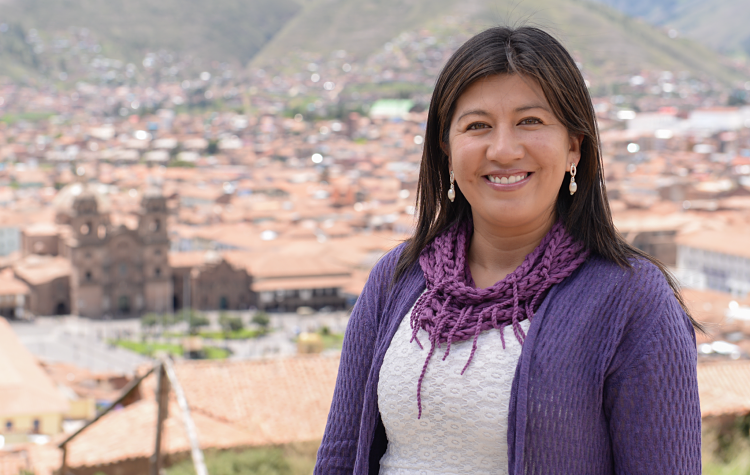
In addition to all of the above travel agent certifications, we have also honed our ability to be as detail-oriented as possible in our travel planning. This means we prioritize your interests and preferences above all else. Our travel designers construct each itinerary to not only match your expectations, but also exceed them.
All the while, you can rest assured that booking a trip with Kuoda means you are also prioritizing purposeful and sustainable travel to South America. So, if you are considering a private journey to Peru, Ecuador, Bolivia, Argentina, Chile, or Colombia, contact us today to get the planning started!

